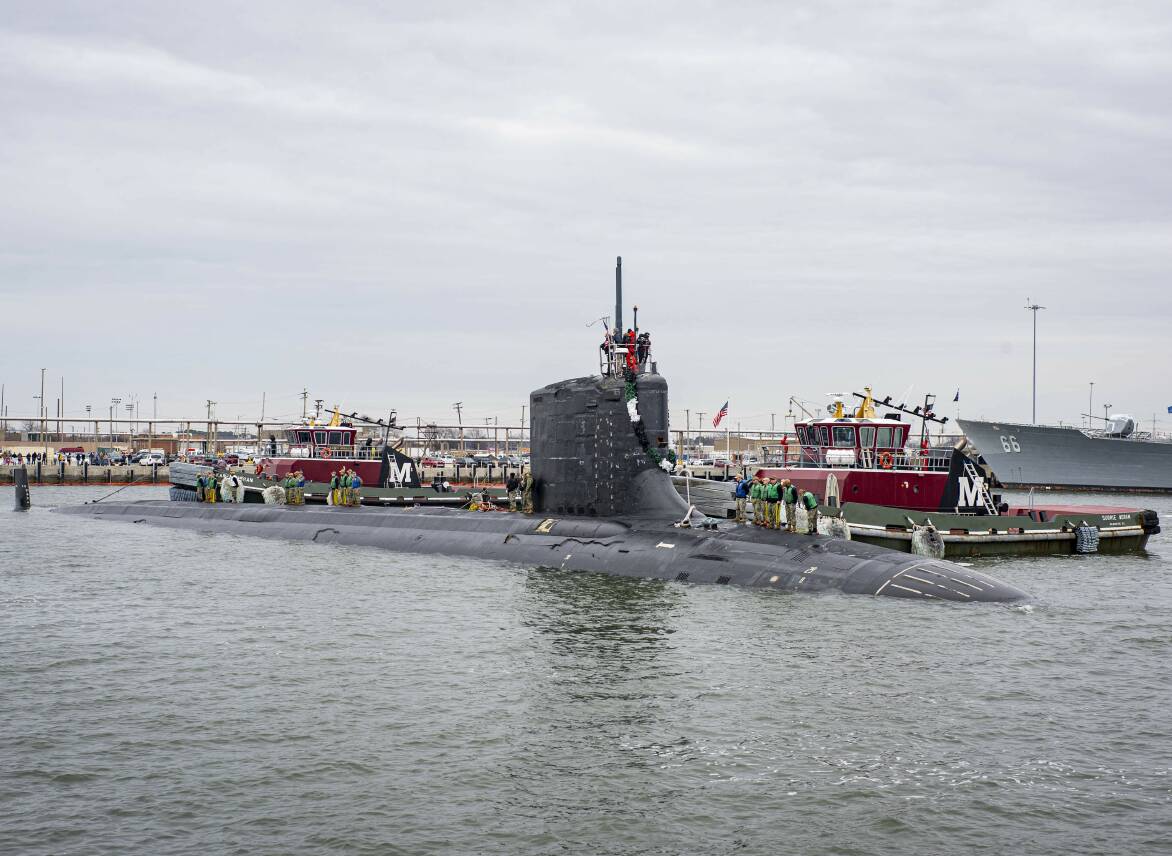
THE AUKUS defence program would help "defray some of the costs" of any nuclear power generators if a future government was to go down that path, the Hunter Defence Conference at Crowne Plaza Hunter Valley heard last week.
Vice Admiral (retired) Tim Barrett spoke about the possible links to any future nuclear power industry towards the end of a 40-minute address last Thursday that stressed the need for a national debate about the nuclear implications of AUKUS.
Vice Admiral Barrett explained how the Australian Nuclear Science and Technology Organisation (ANSTO) based at Lucas Heights was the centre of the country's existing nuclear capability.
He said ANSTO employed about 1400, while some 5000 researchers benefited from the use of its products and facilities.
He said Australia would have to train a lot more people in various aspects of nuclear technology, both in the Navy and the various businesses that would be integrated into the AUKUS program.
"This workforce will exist for eight submarines but it will be able to manage much more than that if you have energy ashore," Vice Admiral Barrett said.
"It's a discussion that has to be had, because it will defray some of the costs and it will also instil a sense of understanding within the nation as to how we will manage nuclear power."
Vice Admiral Barrett said he believed public opinion about nuclear power was changing, partly because of "the strategic circumstances we find ourselves in" but also because of climate change.
The bulk of Vice Admiral Bennett's speech, as reported in Friday's Newcastle Herald, focused on the implications for Australia of "going nuclear" as a result of the AUKUS deal, which was announced by the former Coalition government a year ago this month, on September 16, 2021.

On August 3 the Albanese government appointed Stephen Smith, a former Labor defence minister, and Angus Houston, a former chief of defence, to conduct a "defence strategic review" by March 1 next year.
The unclassified terms of reference do not mention AUKUS but Defence has said the review will "help ensure we maximise the potential" of AUKUS.
Debate in Australia has tended to shy away from nuclear power, with the nation's "no-nukes" stance in place since the 1980s.
The US, by contrast, gets about 20 per cent of its electricity from nuclear energy, while the UK share in recent years has been 16 per cent to 17 per cent.
Asked to expand on his comments yesterday, Vice Admiral Barrett said the US kept a small number of submarine-type nuclear reactors on shore, which were used for research and to train submariners on "live" equipment.
"Land based reactors use a similar concept but can be built without the same size constraints, meaning they don't have to be built to fit into a relatively small space or to operate underwater," Vice Admiral Barrett said.
"The point I was making at the conference was that the regulatory framework needed to manage a fleet of military reactors is likely to be similar - and in some cases fulfil the same functions - to what you would need for a civil industry if governments ever sought to develop one, meaning costs could be defrayed across both programs."
Vice Admiral Barrett said many of the costs of nuclear capability - such as training, regulation, certification and specialist health measures - applied to the military and to civil or domestic use.
"If future government chose to go down this path for energy production then it is likely that the whole of government costs to regulate the nations nuclear capability would be defrayed across the whole program."

WHAT DO YOU THINK? We've made it a whole lot easier for you to have your say. Our new comment platform requires only one log-in to access articles and to join the discussion on the Newcastle Herald website. Find out how to register so you can enjoy civil, friendly and engaging discussions. Sign up for a subscription here.







